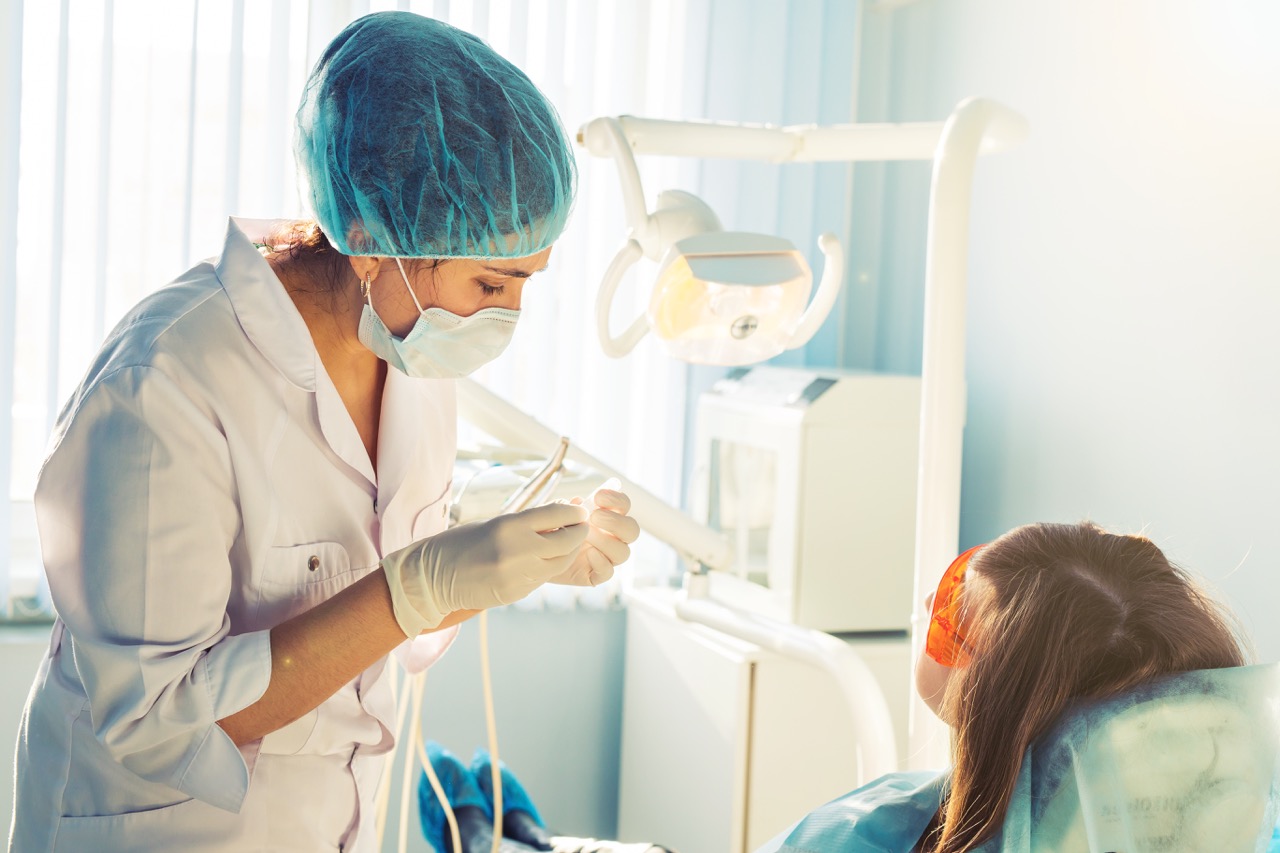Gum disease is a major dental issue that can lead to serious complications if left untreated for long periods of time. It’s estimated that up to 80% of Americans suffer from some form of gum disease, and it affects both adults and children alike.
But what many don’t know is that there are actually two distinct types of gum diseases: Gingivitis and Periodontal Disease.
In this blog post, we’ll take an in-depth look at each type so you can learn more about these all-too-common oral health issues.
What is Gingivitis?
Gingivitis is a form of gum disease that occurs when plaque, a sticky substance that forms on teeth, irritates the gums.
Plaque is made up of bacteria, food debris, and saliva.
If plaque is not removed by regular brushing and flossing, it can harden into tartar, which can only be removed by a dental professional. Tartar buildup can lead to gingivitis, as it causes irritation and inflammation of the gums.
Symptoms of Gingivitis
The telltale sign of gingivitis is redness, swelling, and bleeding of the gums.
The gums may appear puffy and tender, and will often bleed when brushing or flossing. Other symptoms of gingivitis include bad breath, receding gums, and sensitivity to hot and cold temperatures.
Prevention of Gingivitis
The best way to prevent gingivitis is to maintain good oral hygiene habits.
This includes brushing your teeth twice a day, flossing daily, and using mouthwash. It is important to use a soft-bristled toothbrush and brush in a circular motion to avoid damaging the gums. Additionally, a healthy diet, low in sugar and high in nutrients, can help prevent gingivitis by reducing the amount of plaque buildup.
Treatment of Gingivitis
If you suspect you have gingivitis, it is important to visit your dentist for a proper diagnosis and treatment plan.
Treatment for gingivitis typically starts with a professional cleaning to remove tartar buildup.
Your dentist may also recommend antibiotics or antiseptic mouthwash to kill the bacteria causing the inflammation. In severe cases, gum surgery may be needed to repair any damage caused by gingivitis.
What is Periodontal Disease?
Periodontal disease is a much more serious form of gum disease that affects the entire gum and bone structure surrounding your teeth.
When left untreated, it can cause permanent damage to the gums and even tooth loss in extreme cases.
It’s mainly caused by a bacterial infection that spreads from plaque buildup, but can also be a result of genetics, poor oral hygiene habits, hormonal changes, or certain medications.
Symptoms of Periodontal Disease
The main symptom of periodontal disease is persistent bad breath. Other symptoms include bleeding gums, receding gums, tenderness in the gums, loose teeth, and even pus around the affected teeth.
Prevention of Periodontal Disease
The best way to prevent periodontal disease is by practicing good oral hygiene habits such as regular brushing and flossing. This can help reduce the risk of developing periodontal disease and lessen the damage caused by it if you already have it. In addition, regular dental checkups can help detect periodontal disease early, allowing for early treatment.
Treatment of Periodontal Disease
The treatment of periodontal disease depends on the severity and stage of the infection.
In mild cases, professional cleaning and antibiotics may be enough to treat the infection.
In severe cases, surgery may be required to remove infected tissues and repair the damaged structure. Additionally, your dentist may recommend a specialized mouthwash or toothpaste to help reduce inflammation and bacteria.
Importance of Regular Dental Check-Ups
It is important to remember that both gingivitis and periodontal disease can cause serious damage to your teeth and gums if left untreated, so it’s best to catch them early on by practicing good oral hygiene habits and visiting your dentist regularly for checkups. By taking these steps, you can ensure that your teeth and gums stay healthy for years to come.
